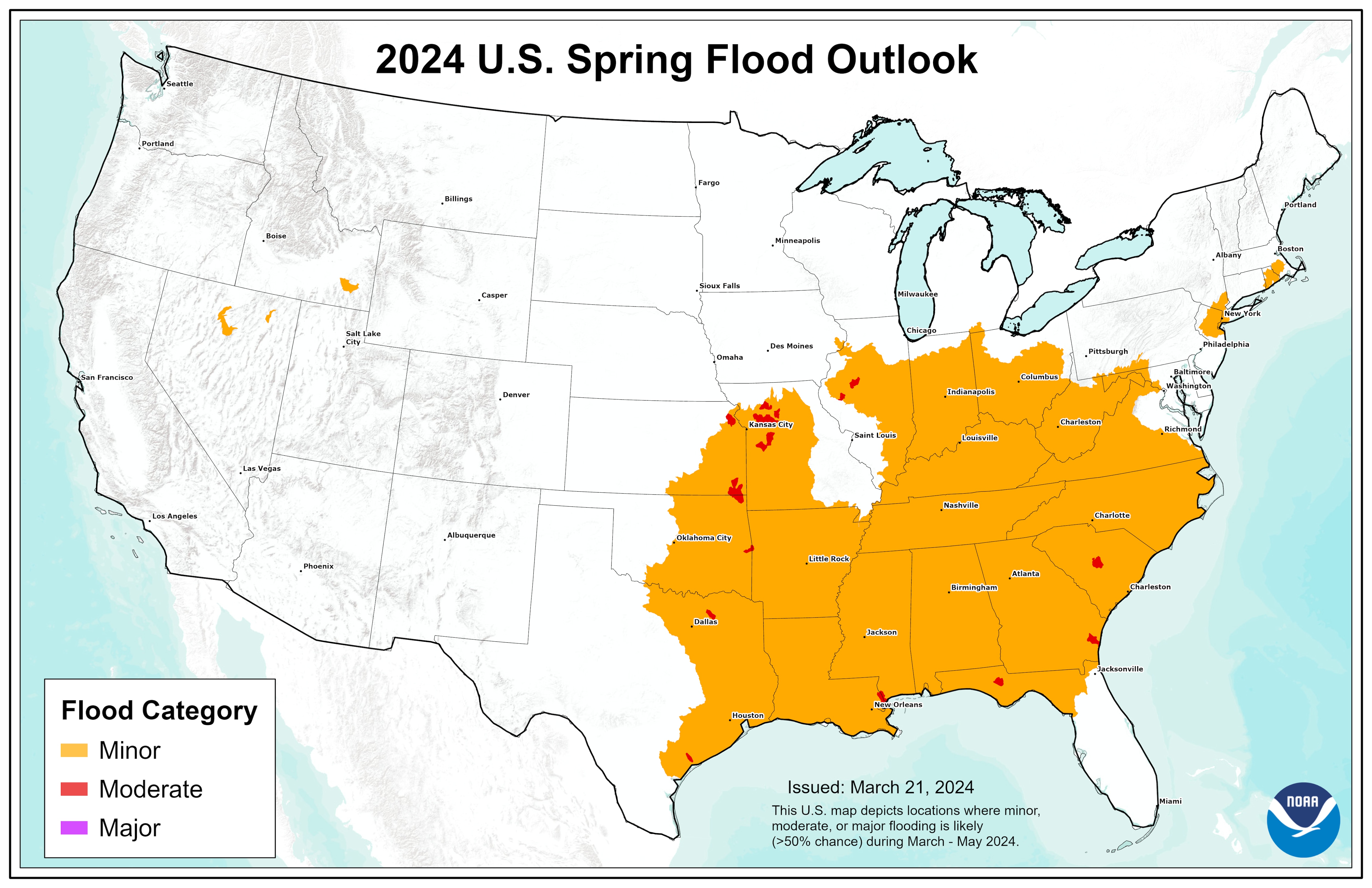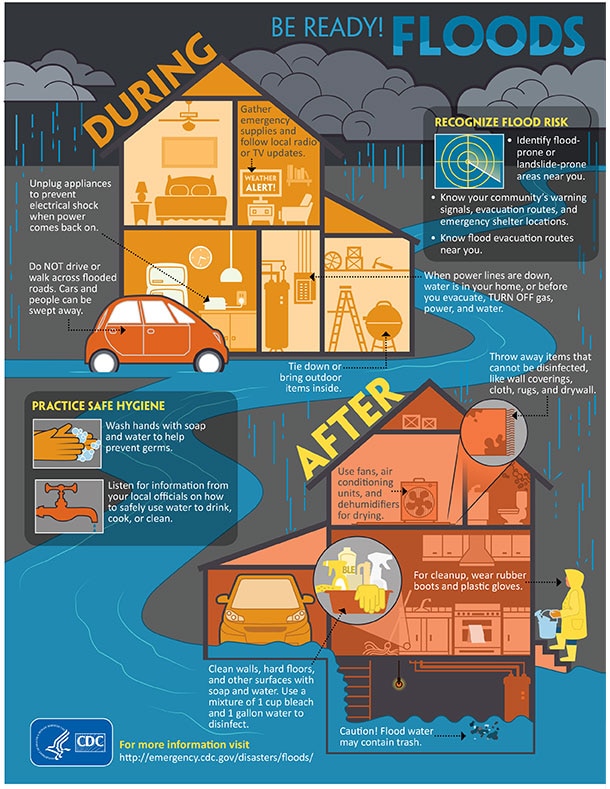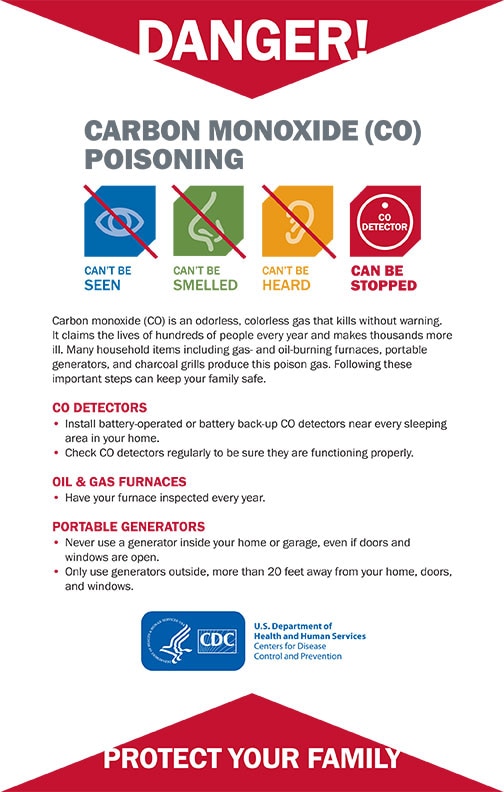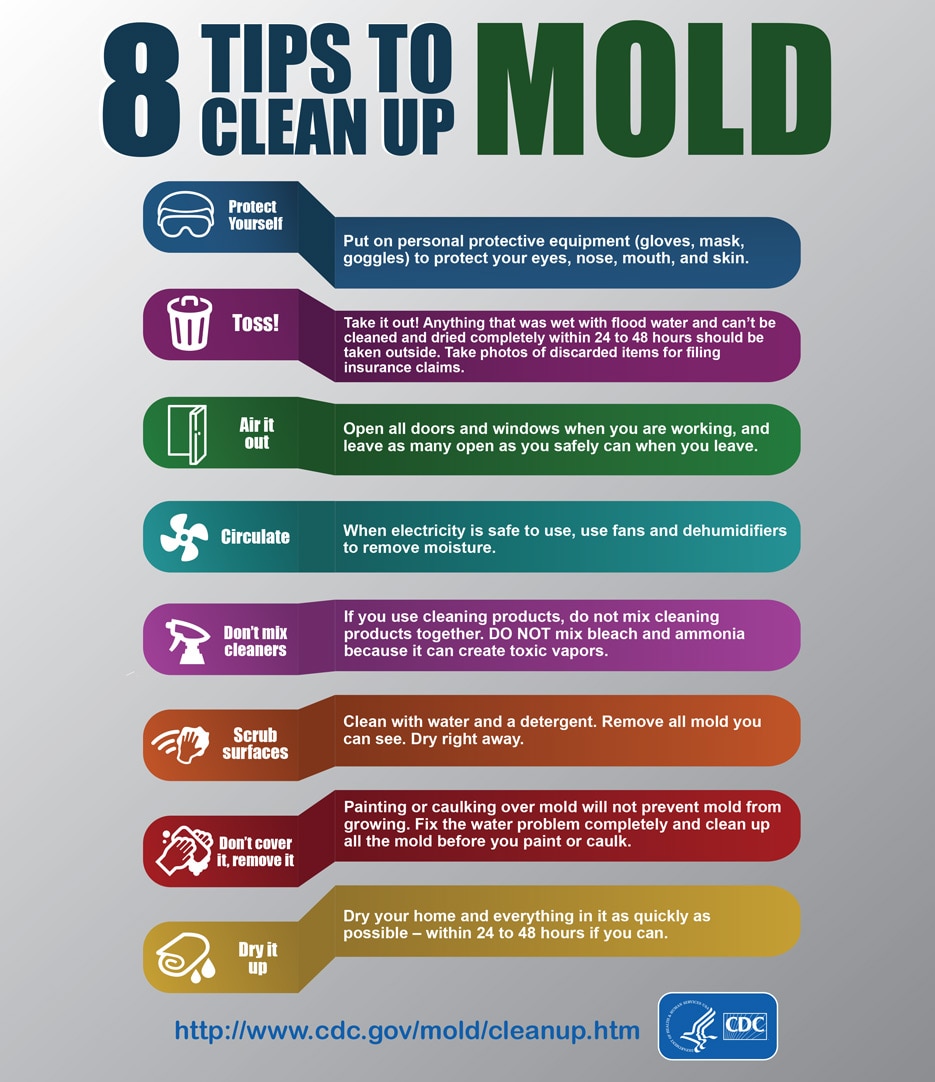2024 Spring Flood Outlook

Figure. This map was developed by the National Weather Service - Office of Water Prediction and is reflective of forecast conditions on March 21, 2024. The map focuses on spring flood potential, using evaluation methods analyzed on the timescale of weeks to months, not days or hours. Heavy rainfall at any time can lead to flooding, even in areas where overall risk is considered low. For detailed hydrologic conditions and forecasts, go to National Water Center Products and Services.
This spring season, approximately 133 million people are at risk for flooding in their communities, with roughly 400,000 at risk for moderate flooding. No major flooding is expected this spring. The overall threat of significant flooding this spring is low due to above-normal temperatures and historically low snowpack. Moderate flooding is expected over tributaries to the Lower Missouri River in Kansas and Missouri, as well as tributaries to the Lower Arkansas River in Kansas and Oklahoma. Minor to moderate flooding will be possible over much of the southern United States due to typical spring rainfall. Above normal snowpack in northern Nevada and southern Idaho will lead to the potential for minor flooding for higher elevation basins in those areas. In Alaska, spring ice breakup and snowmelt flood potential is forecasted to be normal for the majority of the state, with the exception of portions of the Copper River Basin due to above normal snowpack.
As indicated in the map to the left, 51 counties across 11 states are projected to have above normal moderate flooding risk this spring. Of these counties:
7 (14%) have a high number* of people aged 65 or over, living alone.
15 (29%) have a high number of people without health insurance.
10 (20%) have a high number of uninsured children.
10 (20%) have a high number of adults with coronary heart disease.
5 (10%) have a high number of people living in rural areas.
13 (25%) have a high number of Black or African American people.
11 (22%) have a high number of people with frequent mental distress.
13 (25%) have a high number of people living in poverty.
4 (8%) have a high number of people spending a large proportion of their income on home energy.
8 (16%) have a high number of people with severe housing cost burden.
12 (24%) have a high number of people with electricity-dependent medical equipment and enrolled in the HHS emPOWER program.
16 (31%) have a high number of people with disabilities.
6 (12%) have a high number of people in mobile homes.
13 (25%) are identified as highly vulnerable by CDC's Social Vulnerability Index.
*“A high number” indicates that these counties are in the top quartile for this indicator compared to other counties.
Climate change is affecting the frequency and severity of both flooding and drought in many areas of the US. Both conditions pose potential risks for well water, which are important considerations for healthcare and public health. To better understand the implications for families, we consulted Dr. Alan Woolf, an internationally-recognized environmental toxicologist, a practicing pediatrician for nearly 40 years, and a part of the Pediatric Environmental Health Center at Boston Children’s Hospital. In counseling families who have private wells, he has seen firsthand how climate-related hazards affect drinking water safety.
Flooding
Flooding is a common cause of private well contamination with bacteria and other pollutants that can cause illness. Rapidly flowing flood water can carry large debris that hits wells, loosening or dislodging well hardware, while coarse sediment in the flood water can erode pump components. If the well is not tightly sealed, the sediment and flood water can enter the well and contaminate it. Floods may even cause some wells to collapse.
“Well water quality has been a concern for my patients’ families throughout the Northeast due to major flooding in the summer of 2023. I recently cared for a patient who was having neurologic symptoms whose family discovered that their leaves had a coppery sheen – it turned out their well cap had been breached during recent flooding and their well water was contaminated with manganese, which was the cause of the patient’s symptoms. Another child in my care had gastrointestinal symptoms after a flooding event – the family had their well water inspected and it showed high coliform bacteria, increased metals, and other evidence of contamination.” - Dr. Woolf
Drought
During a drought, aquifers can get depleted from overextraction and inadequate replenishment, leading to a lack of potable water for families with wells. In addition, drought conditions can change the dynamics of groundwater, potentially leading to natural contaminants flowing into the water from bedrock such as arsenic, which can be harmful to health with chronic exposure. You can read more about these concerns from USGS: Groundwater Decline and Depletion and Drought May Lead to Elevated Levels of Naturally Occurring Arsenic in Private Domestic Wells.
“Water quality concerns are elevated when children are drinking from private wells. I recommend my patients’ families with private well water get their water tested regularly and be aware of these extra challenges during times of flooding and drought.” - Dr. Woolf
Resources to protect well water
While EPA does not regulate private wells, they do offer guidance to private well owners. To help protect your well during times when it may flood, make sure you can see and access your well cap to assess threats. Even without obvious damage, wells that are more than 10 years old or less than 50 feet deep are likely to be contaminated during a flood. If you suspect your well has been contaminated, EPA provides specific recommendations for well owners to follow in its short guide What to do After the Flood, and CDC provides recommendations for Disinfecting Wells After a Disaster.
The EPA does not have specific guidance for private wells during drought, but they recommend testing private wells annually (or more frequently if small children, elderly adults, or somebody who is pregnant or nursing is drinking the water, as these segments of the population have elevated vulnerability to pollutants), immediately after significant flooding and other nearby activities, and if there are signs of drought impacts such as a change in taste or color of the water, sputtering faucets, sudden pressure changes, or air bubbles.
Dr. Woolf has also co-authored a policy statement for the American Academy of Pediatrics on Drinking Water From Private Wells and Risks to Children.
Climate Change and Spring Flooding
Climate change can impact the size and frequency of river and stream flooding events. Large floods have become more frequent across the Northeast, Pacific Northwest, and northern Great Plains. Flood frequency has decreased in some other parts of the country, especially the Southwest and the Rockies. Warmer temperatures can cause more water to evaporate from the land and oceans, changing the size and frequency of heavy precipitation (for example, rain and snow). In addition to precipitation, changes in river and stream size, the timing of snowmelt, and the amount of snowpack that accumulates in the winter can also affect flood patterns.
Floods Affect Health in Many Ways
Floods increase the risk for a diverse range of health outcomes. For example:
- Floodwaters pose drowning risks for everyone, including those driving in floodwaters.
- Objects in floodwaters can cause injuries like broken bones, cuts, and electrocution.
- Exposure to floodwater contaminated with chemicals, sewage, animal waste, and other pathogens can cause burns, rashes, skin and eye infections, and gastrointestinal and respiratory illnesses.
- Post-flooding mold can present risks for people with asthma and allergies.
- Power failure during floods can harm patients who critically depend on electricity-dependent medical equipment, both at home and at health care facilities.
- Using generators improperly can cause carbon monoxide (CO) exposure, which can lead to loss of consciousness and death. Over 400 people die each year from accidental CO poisoning.
Resources to Reduce Health Risks Associated with Floods
Health risks from floods include drowning, injuries, or infection from floodwaters; carbon monoxide poisoning after power outages caused by floods; post-flooding exposure to mold; mosquito-borne and waterborne illnesses; and psychological distress.

Image source: https://www.cdc.gov/orr/infographics/br-floods.htm
- The Centers for Disease Control and Prevention’s (CDC’s) Floods site provides resources to help individuals prepare for floods, protect themselves from floodwaters, and safely return home after a flood. The CDC’s Protect Yourself From Chemicals Released During a Natural Disaster site provides information on protecting yourself and your home from chemicals and other contaminants during disasters like floods and how to properly dispose of waste after disasters.
- The Ready.gov Floods site includes information on preparing for a flood and staying safe during and after a flood. The Ready Business site also includes an inland flooding toolkit for business preparedness.
- The U.S. Food and Drug Administration's Floods: Key Tips for Consumers About Food and Water Safety site provides information on how to prepare for floods and how to keep water and food safe after flooding occurs. The U.S. Department of Agriculture’s Disaster Supplemental Nutrition Assistance Program (D-SNAP) provides food assistance to low-income households with food loss or damage caused by a natural disaster.
- The CDC has information about What You Need to Know When the Power Goes Out Unexpectedly. To prevent carbon monoxide poisoning, use generators, pressure washers, grills, and similar items outdoors only. Generators should be used at least 20 feet away from your home.

Image source: https://www.cdc.gov/co/pdfs/Flyer_Danger.pdf
- If you do not have health insurance and are in a federally-identified disaster, the Emergency Prescription Assistance Program can help you get the prescription drugs, vaccinations, medical supplies, and equipment you need.
- If you have Medicare and your medical device is damaged or lost due to an emergency or disaster, Medicare may cover the cost to repair or replace your equipment or supplies.
- After natural disasters such as floods, hurricanes, and tornadoes, excess moisture and standing water contribute to the growth of mold in homes and other buildings. The CDC’s Mold After a Disaster includes information about who is at greatest risk from mold, the health effects of mold, and preventing mold growth. The Environmental Protection Agency’s Flooded Homes and Cleanup Guidance site provides information on how to stay safe while cleaning up your home after a flood.

Image source: https://www.cdc.gov/disasters/mold/index.html
It’s normal for floods and other extreme weather events to cause people to experience emotional distress. Feelings such as overwhelming anxiety, constant worrying, trouble sleeping, and other depression-like symptoms are common responses to flooding events. The Substance Abuse and Mental Health Services Administration Helpline and Text Service is available 24/7, free, and staffed by trained crisis counselors. Call or text 1-800-985-5990 to get help and support for any distress that you or someone you care about may be feeling related to any disaster.
Learn more about floods and mental health at SAMHSA’s Floods site. SAMHSA also has other disaster behavioral health resources, including newsletters and tip sheets. The Office of the Assistant Secretary for Preparedness and Response Technical Resources, Assistance Center, and Information Exchange’s (ASPR TRACIE’s) Disaster Behavioral Health Resources includes information about services for at-risk populations following a disaster.
Check out SAMHSA’s Climate Change and Health Equity site for more information on the behavioral health impacts of climate change, preparing for a disaster, and resources for disaster planning and climate change education.
- The HHS emPOWER program collects and shares de-identified Medicare data to help response agencies take action to protect the health of Medicare beneficiaries who depend on vulnerable electrical medical equipment.
- The CDC’s Emergency Responder Health Monitoring and Surveillance™ (ERHMSTM) framework provides recommendations for protecting emergency responders during small and large emergencies in any setting.
- The SAMHSA Disaster Technical Assistance Center Supplemental Research Bulletin, Greater Impact: How Disasters Affect People of Low Socioeconomic Status, is designed to help disaster behavioral health professionals inform their disaster behavioral health planning for low socioeconomic status populations. SAMHSA also has developed a handbook to support disaster planning by behavioral health programs.
- The Agency for Healthcare Research and Quality’s Hospital Evacuation Decision Guide focuses on post-event evacuations.
- ASPR TRACIE’s After the Flood: Mold-Specific Resources contains resources including public messages, fact sheets, checklists, guidance documents, and other educational resources related to mold. They also include pre-scripted (and, in some cases, already recorded) PSAs, as they are tangible and ready to implement examples of risk communication materials that can essentially be used immediately.
- The Department of Education offers tools and resources for schools and educational institutions as they manage safety, security, and emergency management programs.
OCCHE’s Referral Guide summarizes resources that can address patients’ social determinants of health and mitigate health harms related to climate change. These resources include social services and assistance programs to which patients can be referred, as well as references for anticipatory guidance and counseling to help patients prepare for potential hazards.
